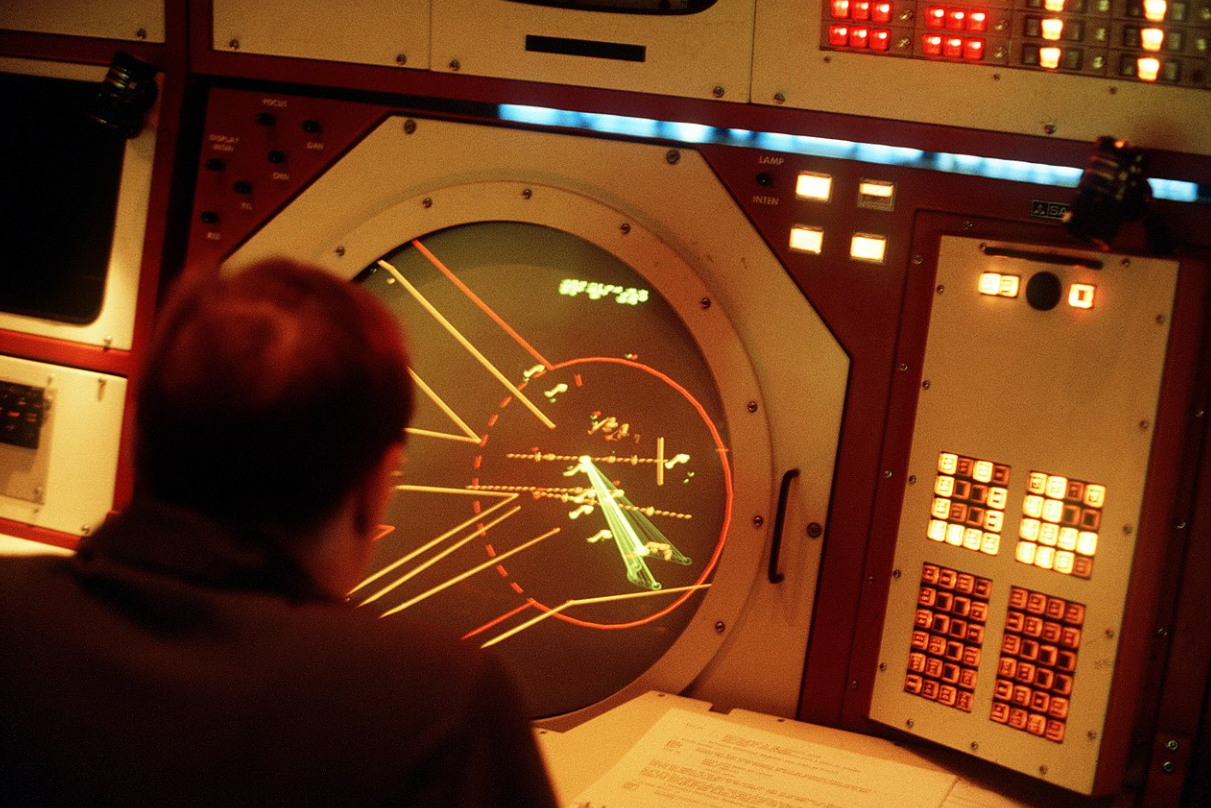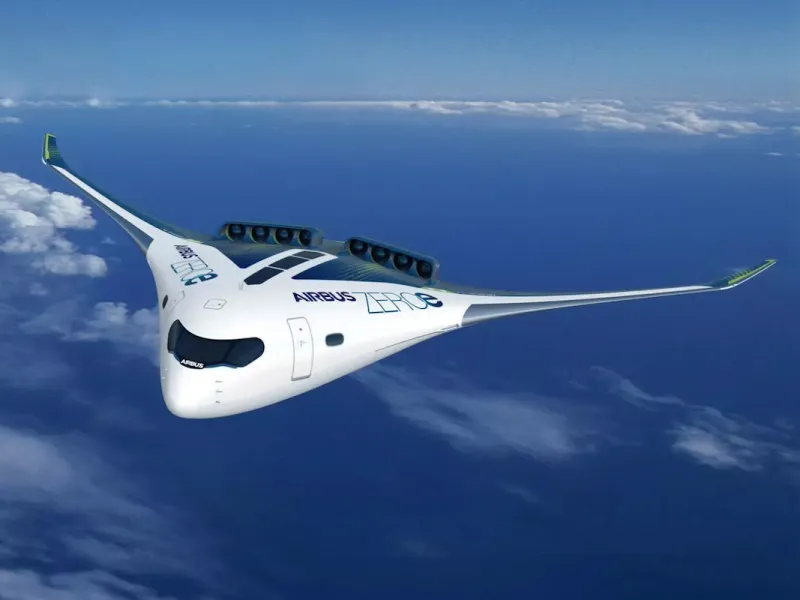Over 100,000 planes take off and land every day all over the world, frequently flying over the same skies. Naturally, with so many planes travelling at hundreds of kilometres per hour, one would wonder how they avoid collisions. Air traffic control (ATC), a highly organised system that runs silently but efficiently to keep flying one of the safest forms of transportation, is the key.
What Is Air Traffic Control?
Air Traffic Control is a global system of trained professionals and advanced technology that manages the movement of aircraft in controlled airspace. The primary goal of ATC is to ensure safety, reduce delays, and maintain orderly traffic flow in the skies and at airports.
Controllers work in control towers, approach control facilities, and area control centers. They are responsible for issuing instructions to pilots during takeoff, cruising, descent, and landing, ensuring no two aircraft come dangerously close.
There are typically three stages of ATC communication:
- Ground Control – Before takeoff (taxiing, runway clearance).
- Tower Control – During takeoff and landing.
- En Route Control –While the aircraft is in the air cruising long distances.
How Planes Stay Separated in the Air
To prevent mid-air collisions, ATC uses strict separation rules. Planes are kept a safe distance apart both vertically (altitude) and horizontally (distance along flight paths).
- Vertical separation typically keeps aircraft 1,000 feet apart below 29,000 feet and sometimes 2,000 feet apart above that.
- Horizontal separation ensures aircraft remain several nautical miles apart laterally, especially in busy corridors.
Flight paths are carefully planned and assigned before a plane even leaves the ground. If two aircraft are on intersecting routes or altitudes, controllers make real-time adjustments to avoid any risk.
The Role of Radar, GPS, and Modern Tracking
Traditionally, radar was the primary tool for tracking planes. Today ATC is supported by satellite-based tracking systems like ADS-B (Automatic Dependent Surveillance Broadcast) and GPS that offer real time positioning.
Controllers use digital screens to monitor air traffic and predict future positions. If two aircraft appear to be getting too close, they immediately issue new instructions like changing altitude or speed to separate them.
How Pilots Help Maintain Safety
Pilots are equally vital. Transponders, which communicate with radar systems and show crucial flight information to ATC, are installed in every commercial aircraft. Additionally, pilots adhere to stringent procedures to ensure clear instructions and communication.
Additionally, aircraft have onboard collision avoidance systems like TCAS, which can automatically detect nearby aircraft and even recommend evasive actions if necessary. These systems act as a backup to human ATC.
Handling Emergencies and High Traffic
During bad weather or emergencies, ATC reroutes aircraft in real time. In major international hubs like New York, London, or Dubai, traffic density can be extremely high, requiring tight coordination between multiple control centers.
Despite this, air travel remains statistically safer than driving. This is largely thanks to the invisible safety net created by ATC professionals working 24/7 behind the scenes.
Conclusion
Remember that every movement is continuously monitored and guided by a team of experts the next time you're flying at 35,000 feet with other planes in the sky. Via sophisticated technology, detailed procedures, and real-time communication, Air Traffic Control keeps millions of passengers safe every single day. It’s one of the greatest examples of global teamwork and precision making the skies one of the safest places to be.



